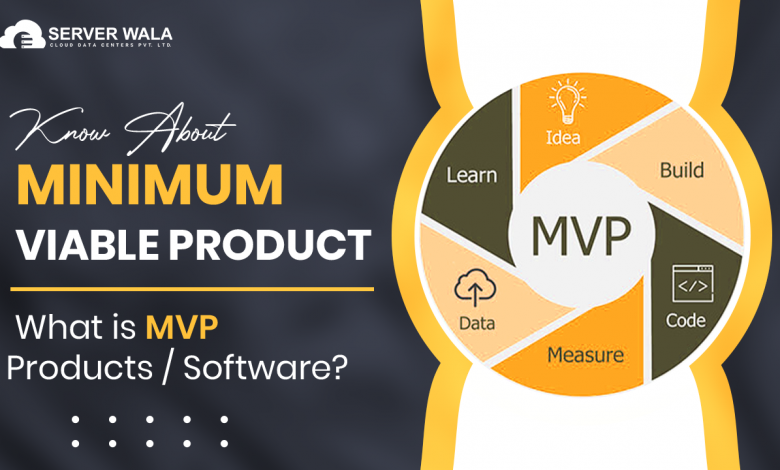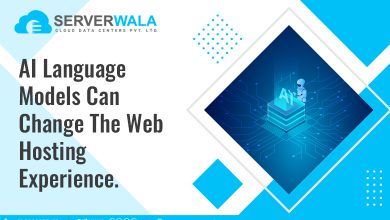Minimum Viable Product – What is MVP Products/Software?

What would you do if you had an idea for a new project that would change your life for the better? It took you years to plan and execute, and you gave up in vain. That’s when MVP minimum viable product software comes in. Taking things from the beginning, let’s get started with mvp definition
Several reasons lead to startups failing, including lousy partnerships, money running out, ineffective marketing, insufficient research, and the wrong market. Most businesses fail because they don’t have the right features and don’t expand their business over time.
MVP means Minimum Viable Product software. One might not be aware of the impact MVP minimum viable product has on the market. To launch a product, a developer or entrepreneur must have the skills and technology to bring their ideas to life.
Businesses today launch their products with a minimum set of essential features. Once the prototype is ready, the companies build the concept with more features.
You can simply say that you should build the smallest, quickest, and most functional product possible and scale up from there. It is the goal to include easy and fast features for testing until everything works.
Developing products in small steps can save entrepreneurs from overbuilding and reduce risks. A game-changer, MVP minimum viable product software has come out as the best solution in light of the high-growth companies and increased competition.
What does MVP Mean in Software?
MVP meaning software (Minimum Viable Products) are basic, launch-ready versions of a product that contain minimal yet essential features (which define its value proposition). An MVP is created to accelerate time to market, attracting early adopters, and achieving product-market fit from the outset.
Initially, feedback is awaited after the MVP in software has been launched. The company will implement the new features suggested by early adopters and fix the bugs based on the feedback.
MVP provides the following benefits:
- Gaining a competitive advantage by entering the market early
- Allowing early user testing of ideas to determine if the product solves the users’ problems efficiently
- Implementing user suggestions and feedback to develop a fully-fledged product
What Makes a Minimum Viable Product Ideal?
MVP app development can be considered a trial round, in which users can learn what adjustments need to be made and take action as a result. Users don’t have to worry about making adjustments in the future.
It also brings some profit during the initial phase, so it can be used to lower the cost of the final version development. Developers can use the profits to add more features to their mobile applications.
Apps with minimum viable product software examples versions attract investors and offer a chance to gain the attention of angel investors or venture capitalists. Obtaining funds is easier when the basic version of the application has been released and you are working on its advancement.
Early testing provides a means of checking the project’s efficiency and solving significant issues. While incorporating feedback and suggestions into fully-fledged products, early adopters can also gain competitive advantages.
How to Build MVP Apps?
The MVP mobile app development process is now clear to you. How do you begin? Which version is best suited for your company?
Here is a quick guide to assist you with developing MVP mobile apps in a highly competitive market.
Understanding the market requirements
Understanding the real problem a customer faces before you start developing the MVP in a software app is crucial. Our goal is to create an application that adheres to the right ideologies.
To gain insight into what is needed, it is best to identify the current market requirement and current gap. To establish a standard for their product, MVP developers should also analyze the competition.
To succeed in the market, one must know what is going to work.
There are two parts to this: success criteria and long-term goals. By establishing long-term goals, we can reduce checkout times and improve the rate of improvement in the future. Based on the success criteria, we can predict the future value of the product.
User Journey
It is the next step in developing MVP software apps to develop User Personas or User Journeys. An important goal is to map out the user’s journey through the first iteration of the application.
Developing an application from the user’s point of view requires understanding how they will use it, where it begins and ends, etc. A well-designed app will allow the developer to develop one that makes sense to the audience and is even properly marketed.
Action users can be addressed, as well as flow, features, order completion, and overall satisfaction with the product. This can be accomplished by identifying the user based on different categories, including appointment bookings, schedulers, vendors, healthcare providers, and service technicians, for example.
Determine the actions (jobs) necessary to achieve the goals and reach the story’s ending. Users (or multiple users) can be focused on to set the priorities and implement the right features. You can build profiles, browse products, place orders, schedule consulting appointments, etc. The story ends when the product is obtained, the doctor is consulted, and the user interacts with others.
Research and Planning
As soon as you understand the flow, you can start researching and planning. It is important to create a plan based on the user’s pain point so that they can achieve their goals. Developers can determine the potential of a product and determine how to improve it.
Furthermore, it allows developers to concentrate on developing MVPs and adding features that will impact the market. In the product roadmap, the focus areas are listed and organized for future releases.
Features of the Mobile App
Adding the features that can be incorporated into MVP mobile apps is the next step. You can develop an MVP app with some tools that can help you set up the features. There must be a distinction between what the user needs and what the user wants.
Developers must prioritize and identify the features required for MVP software mobile app development. A user-requested feature can be added later in the stages without negatively affecting the user experience.
Basic features can be included in the initial phase of the product, covering the overall goal for users. Creating essential features while reducing processing time is best achieved by finalizing opportunity statements.
MVP developers can understand opportunity statements by breaking down the product roadmap. Similarly, the prioritization matrix can assist in identifying a feature’s priority and help make a final decision. In this way, it will be possible to showcase high and low urgency in the feature.
Design, Develop, and Launch Minimum Viable Product
The design, development, and launch phases follow the planning and decision-making phases. The design, development, and launch phases include the core elements to create the MVP. A balance needs to be struck between economy, simplicity, and meeting expectations during this phase.
Instead of working on everything at once, the minimal product will allow you to focus on the most important parts. The application can easily be reconstructed or edited accordingly if there are non-feasible features.
During the development and testing phases, MVP developers have access to the application, allowing them to iterate continuously. Later on, they can use the feedback to improve the functionality of the application.
MVP Products Value Addition
MVP products are designed to add value. What are the MVP’s benefits, what does it offer, etc.? Developers need to articulate these points.
To clarify product estimations, the value proposition of the mobile application needs to be defined. To achieve MVP status, developers need to introduce the app’s essential value to users. In other words, it is necessary to understand the users and build the product around them.
Within the world of product development, time, money, and resources can become constraints. As a result of challenges and roadblocks along the way, deadlines and budgets can be compressed, resulting in a huge impact on the final product. Luckily, there is a more efficient way to design.
As you move through the process, identifying friction points, fixing errors, and avoiding headaches is easier when you create a minimum viable product (MVP) first. We’ll explore this step in this article and discuss why it’s valuable for you, your team, and your business as a whole.
What an MVP means for the design team
When it comes to creating the MVP, the design team has adjacent priorities. Users’ needs are considered while they search for the simplest solution. Using this same scenario for the eCommerce site’s product details page, the design team would identify which features reduce the most friction. The primary task must take into account the core functionality for this to be effective. In other cases, an MVP is developed to reduce “featuritis,” which occurs when there are too many features in a product. Users end up overwhelmed when this happens naturally as the team thinks of new ideas.
Executing Lean UX
MVPs are a core concept of Lean UX, a design approach that focuses on reducing waste and making teams more agile. Unlike traditional UX, Lean UX doesn’t focus on delivering the entire set of requirements. A portion of the final feature set is considered instead. Design experience is also taken into account. As a result, a greater degree of collaboration with the entire team is essential. Testing the usability of the product is also a crucial part of the process, to get feedback as early as possible. This allows for quick decisions and iterations. According to the Lean UX model, MVPs should be built, measured, and learned.
Build
In building your MVP, think about how it will interact with other parts of the product. Understanding this requires UX research. If you’re working with an existing product, a contextual inquiry may provide significant insights. Research methodologies such as contextual inquiry combine usability testing with interviews.
While watching and learning about how users interact with the product, as well as why they do so, you place the user in the driver’s seat. In this way, you can quickly identify problems in the existing product, providing clues to what should be in your MVP. In the end, clarity of the problem makes it easier to build or prototype a quick product. As a result, the wireframes and code were not finalized during this build. Users only see part of the product.
Conclusion
It should be easier now to take the first step towards MVP Development. Don’t worry about perfection! Build the MVP as described in the description.
Using an MVP enables startups to learn a lot about their users with a working product, without spending too much time and money. To build a successful MVP, it is necessary to establish a business hypothesis, identify the main features, identify the target audience, and partner with the right MVP Development company Serverwala.





